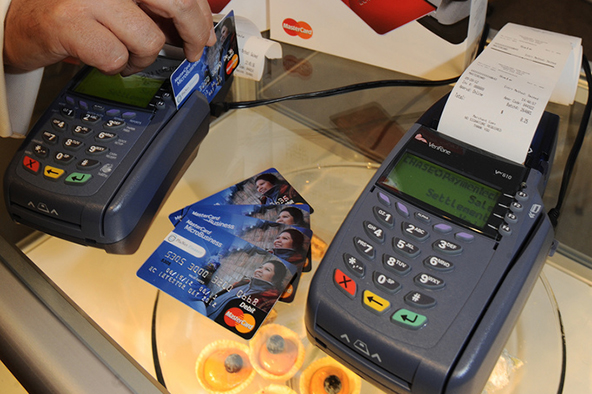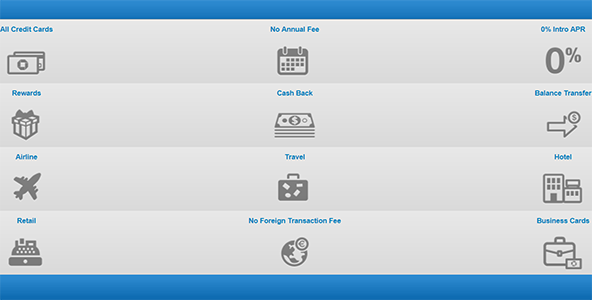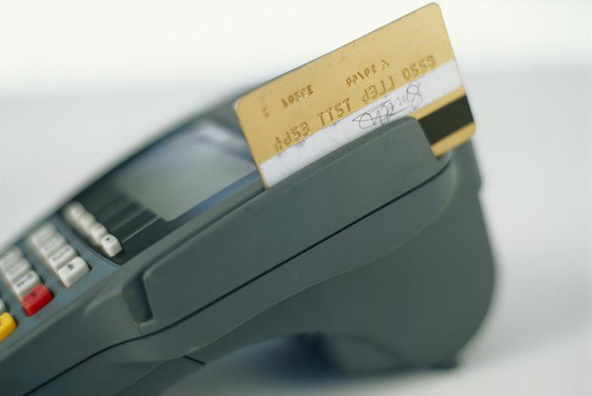Credit Card Defaults, Delinquencies May Be down, but Interest Rates Are Up

Credit card news has been very good as of late. Delinquencies, both of the early- and late-stage variety, are at an all-time low. Defaults are as low as they’ve been since October 2007. The monthly payment rate (MPR) — the rate at which cardholders are repaying the principal on their credit card debt — is at an all-time high. And yet, credit card interest rates are very high and rising.
CardHub.com’s latest Credit Card Landscape Report tells us that in the second quarter of this year, the annual percentage rates (APRs) of most credit card categories have either risen or remained unchanged, relative to the previous quarter. Moreover, when compared to last year’s levels, all but one of these averages have increased. What’s causing these increases? Well, I think that there are two major drivers behind the rising interest rates. Firstly, issuers are jacking up APRs in an attempt to make up for lost debit interchange revenue and secondly, they are doing it to cover the costs of running increasingly generous rewards programs. But let’s take a closer look at the data.
Credit Card APRs Up
Here is Card Hub’s summary of the changes in credit card APRs, by category:
|
|
Q2 2012 |
Q1 2012 |
Q2 2011 |
Change from Last Quarter |
Change from Last Year |
|
Excellent Credit |
12.95% |
12.98% |
12.72% |
-0.23% |
1.81% |
|
Good Credit |
17.12% |
17.12% |
16.66% |
0.00% |
2.76% |
|
Fair Credit |
20.15% |
20.30% |
19.31% |
-0.74% |
4.35% |
|
Secured Credit Cards |
19.08% |
17.71% |
19.38% |
7.74% |
-1.55% |
|
Student Credit Cards |
16.30% |
15.81% |
15.94% |
3.10% |
2.26% |
|
Business Credit Cards |
15.11% |
15.25% |
15.27% |
-0.92% |
1.05% |
So you can see that APRs are rising across the board. Moreover, we learn that the average balance transfer fee has also increased — only by 0.64 percent, relative to the previous quarter, but close to ten percent, relative to the same period a year ago.
What’s Causing Interest Rates to Rise?
I’ve seen arguments that credit card APRs have spiked because credit cards are unsecured loans and if a borrower stopped paying on them, there is not much the lender could do to recover its losses. But that has always been the case and yet, APRs were much lower when both delinquency and charge-off rates were much higher than they are now. Moreover, APRs are increasing even on applicants with excellent credit scores. So the higher-risk argument simply doesn’t hold.
On the other hand, we do know how desperate banks have been to recover at least some of the losses they suffered when last October debit interchange rates were slashed by 45 percent. So desperate that last year they tried to charge customers fees for using their debit cards. These fees were eventually abandoned, but not before causing a full-blown PR disaster.
We also know that rewards programs have been getting better and much has been written on the subject, including on this blog. We’ve seen, for example, sign-up bonuses as high as $1,000, which has never been seen before. Now CardHub.com is telling us that the average initial bonus amount in Q2 2012 was about 40 percent higher than it was in Q1 2011. We also learn that the British Airways Credit Card offers an initial bonus of up to 100,000 miles! And managing such rewards programs is expensive. ?áIt can credibly been argued that the vastly improved quality of rewards programs is part of the issuers’ overarching strategy to drive consumers away from using the now-unprofitable debit cards and toward credit cards.
The Takeaway
At this point there is overwhelming evidence against the hypothesis that the rising interest rates are a response to a worsening risk environment. Just look at the numbers. Moody’s headline delinquency rate, measuring the ratio of credit card payments overdue by 30 days or more, was at 2.47 percent in May, the lowest one ever measured. Moreover, we’ve now had six months in a row in which the delinquency rate has remained below the three-percent threshold, which had never been reached before. Furthermore, the early-stage delinquency rate, measuring the ratio of payments late by 30 – 59 days, was at microscopic 0.65 percent in May. How can you possibly argue that the risk of future defaults is rising?
So we can safely credit the rising interest rates to Sen. Durbin’s account. What’s more, the majority of new credit card offers feature variable interest rates, which are tied to the prime rate, which is loosely calculated using the following rule of thumb:
U.S. Prime Rate = (The Fed Funds Target Rate + 3).
So, when someday the Federal Reserve begins to raise the federal funds rate, which can’t go any lower because it is already at zero, the prime rate will rise in lockstep, lifting variable card rates in the process. It is true that this isn’t likely to happen anytime soon, but that is small consolation.
Image credit: MasterCard.


